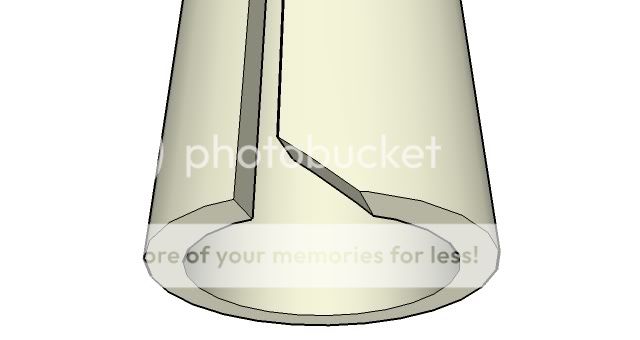scooby
Established Member
The other day I was fitting a door at my parents house. My dad had got a pair of butt hinges wth a brushed steel finish. Quite nice actually, until I saw the screws for them. Just looking at them I knew they would strip easily. So was being careful but had to adjust the top slightly as the frame was slightly twisted. Cue, a screw with a completely stripped head.
The annoying thing was, the pozi indent was soft as **** but the screw was rock hard. So hard I couldn't drill it out :shock: I did manage to get 1 of my twist bits glowing a seriously bright red colour trying though! I managed to sort it eventually but I'm sure if I'd had some screw extractors it could have been solved much easier.
I'm ordering some stuff from D&M next week so thought I'd get these
http://www.dm-tools.co.uk/product.php/s ... ISBOAGBSET
These look good as you don't need to drill a pilot hole in the screw (which was my main problem explained above). extraction method shown here
http://www.boa-uk.com/boa_grabit.html
In theory they sound great, but has anyone tried them?
Thanks
The annoying thing was, the pozi indent was soft as **** but the screw was rock hard. So hard I couldn't drill it out :shock: I did manage to get 1 of my twist bits glowing a seriously bright red colour trying though! I managed to sort it eventually but I'm sure if I'd had some screw extractors it could have been solved much easier.
I'm ordering some stuff from D&M next week so thought I'd get these
http://www.dm-tools.co.uk/product.php/s ... ISBOAGBSET
These look good as you don't need to drill a pilot hole in the screw (which was my main problem explained above). extraction method shown here
http://www.boa-uk.com/boa_grabit.html
In theory they sound great, but has anyone tried them?
Thanks

































